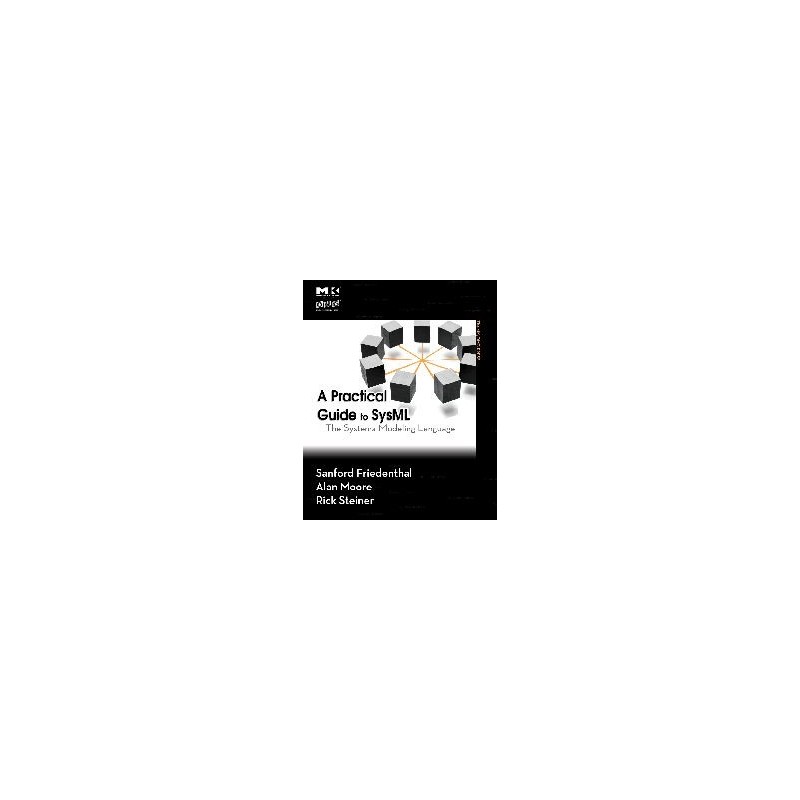- Obecnie brak na stanie




darmowa wysyłka na terenie Polski dla wszystkich zamówień powyżej 500 PLN

Jeśli Twoja wpłata zostanie zaksięgowana na naszym koncie do godz. 11:00

Każdy konsument może zwrócić zakupiony towar w ciągu 14 dni bez zbędnych pytań
Zestaw do samodzielnego montażu ramienia robotycznego o czterech stopniach swobody (4DOF). Manipulator oparty został na serwomechanizmach i jest sterowany bezprzewodowo
Brak towaru
Brak towaru
Zestaw startowy VisionSTK-6ULL-eMMC składa się z płytki VisionSOM-6ULL (wariant z pamięcią eMMC 4 GB oraz modułem WiFi/BT) i płytki bazowej VisionCB-STD. VisionSTK-6ULL-eMMC
Brak towaru
Brak towaru
DS100B - moduł konwertera RS232/422/485 Ethernet 10BaseT
Brak towaru
Moduł LoRa oparty na ESP32-WROOM-32E z komunikacją WiFi i Bluetooth oraz LoRa RFM95W. Na płytce umieszczono wyprowadzenia ESP32 oraz złącze Qwiic. SparkFun WRL-18074
Brak towaru
Brak towaru
Ogniwo słoneczne o mocy 0.45W i napięciu wyjściowym 4.5V. Wymiary ogniwa 94x61mm. Przewody o długości 2 m zakończone wtykiem 5.5x2.1mm. SparkFun PRT-07845
Brak towaru
Brak towaru
Kinetis L Series Cortex-M0+, 32bit MCU, 256 KB Flash , QFN32, Freescale, RoHS
Brak towaru
Brak towaru
5-megapikselowy moduł kamery kompatybilny z płytą Coral Dev Board. Łączy się przez interfejs MIPI-CSI. Coral Camera
Brak towaru
Brak towaru
HK Hobbyking KK2.1.5 Multi-rotor LCD Flight Control Board With 6050MPU And Atmel 644PA (54299)
Brak towaru
Brak towaru
Brak towaru

